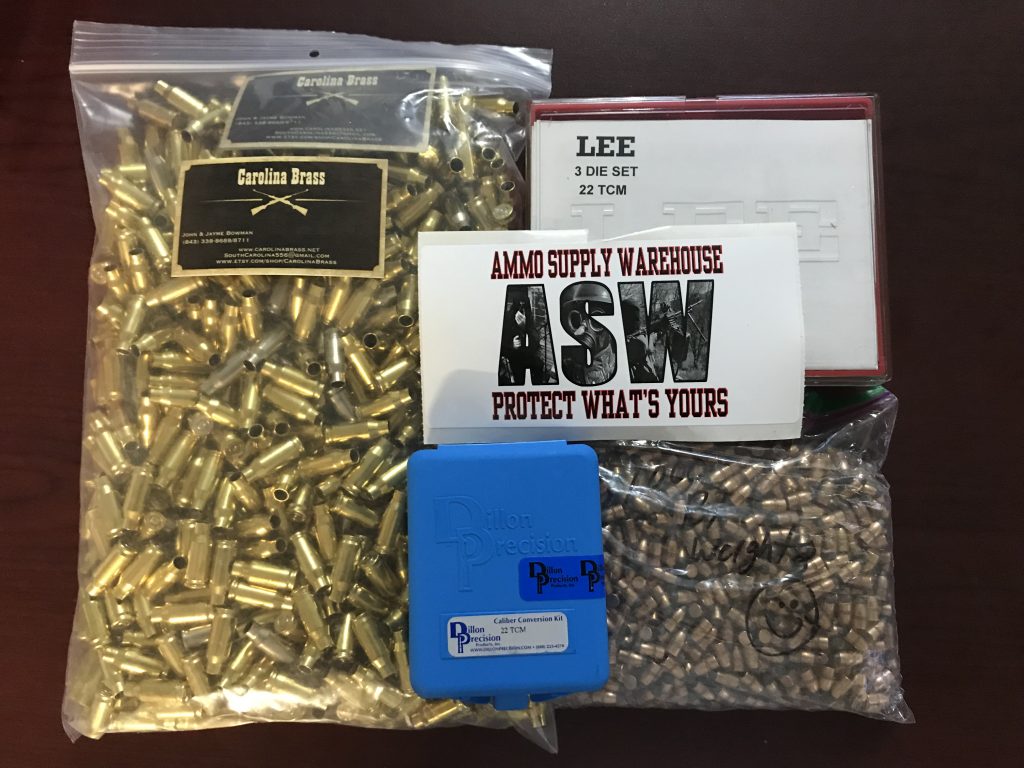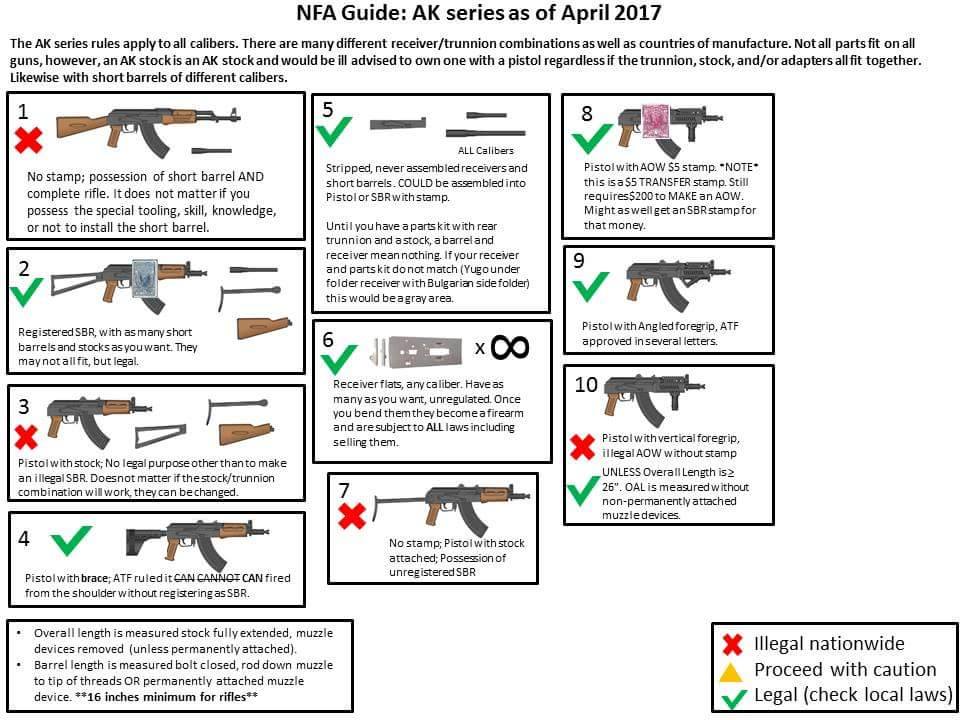Its a Monday, and this is the best I got.

I'm old, and I've been shooting and reloading since I was about 7.
I started depriming and sizing brass for my father with a RCBS rock chucker press (which I still have) have now primarily use a Dillon 1050, and several Dillon 550b(s)
I have been a shooter/member of IDPA and IPSC, though I'm not current, and I have not been to a competition in quite some time.
Lately I've been into shot shell reloading, and trap shooting.
Its a Monday, and this is the best I got.


Introduction: When it comes to iconic firearms and their accompanying ammunition, few can match the legacy and versatility of the .30 Carbine round. Developed in the early 1940s, this cartridge played a crucial role in World War II and continued to serve in various capacities throughout history. Join us as we explore the fascinating story and enduring significance of the .30 Carbine round.
Conclusion: The .30 Carbine round remains a testament to the ingenuity of its creators and the adaptability of firearms technology. Its contributions during World War II and subsequent conflicts have left an indelible mark on military history. As a versatile cartridge, it continues to captivate firearms enthusiasts and collectors alike. Whether you appreciate its historical significance or value its performance, the .30 Carbine round is an enduring symbol of a bygone era, forever etched in the annals of ammunition history.
Just need to find a lower, even an 80% ?


I do get a kick out of these…

After watching all sorts of videos, and reading the specs, I figured I need to give this 22TCM a try…

One of the great things about the Knob creek shoot, after the amazing collections of rare and unusual military hardware, is the SHOPPING! People from all over the US bring an amazing bunch of things for the flea market area. One of my bring backs this time is a this can of M1Carbine 110grain projectiles. No, I was unable to attend, luckily I had a proxy!

Just got this in today. Same capacity, this is good old pyrex glass, which will handle the chemicals in powder that turn the factory hopper into dark and cracked plastic.
Got this from http://wardlance.com/dillon.html Custom deflector and turned alum lid. Nice job overall!

Pyrex hopper with same volume as OEM plastic version
2″ taller than the OEM plastic one
Found this good video to explain how to make this thing run well.
